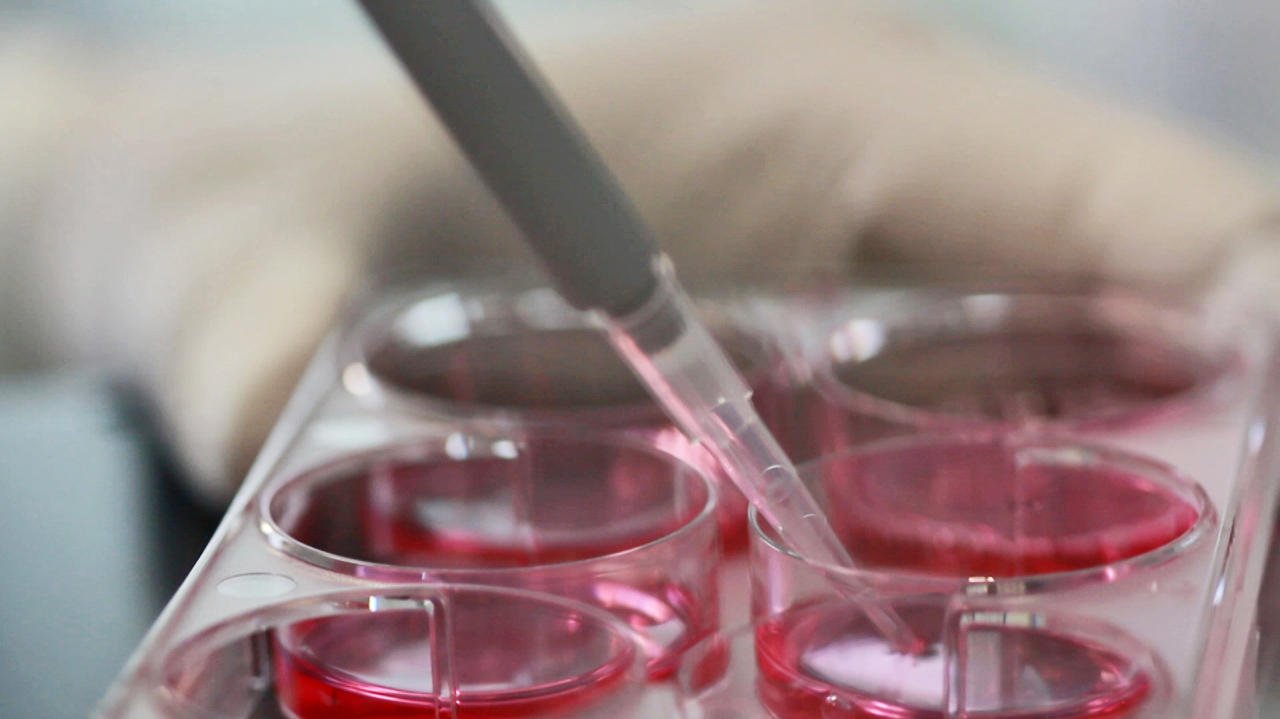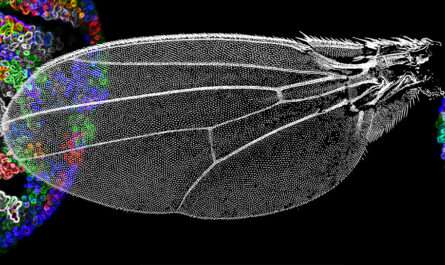Stem cells hold immense potential for treating many serious diseases like diabetes, heart disease, Parkinson’s disease and more. Stem cell banking allows individuals and families to store their own stem cells for future therapeutic use or for other family members.
What is Stem Cell Banking?
Stem cell banking, also known as cord blood banking or umbilical cord blood banking, involves collecting and storing stem cells from umbilical cord blood after childbirth. Stem cells are collected from the umbilical cord and placenta after the birth of a baby. These stem cells are then processed, tested, and cryogenically frozen and stored in specialized stem cell banks for future potential use by the donor child or a family member.
The stored stem cells can later help treat diseases like blood cancers, immune disorders, genetic disorders, and other serious conditions if the child or a family member develops such an illness in the future and a stem cell transplant is required. Stem cell banking provides an insurance against such health risks and allows one’s own stem cells to be banked rather than relying on finding a matching donor.
Why is Stem Cell Banking Important?
There are several compelling reasons why more families are choosing Stem Cell Banking nowadays:
– Cord blood contains high concentrations of stem cells which can later help treat over 80 diseases. The successful treatments include leukemia, lymphoma, sickle cell anemia, thalassemia, type 1 diabetes and more.
– Stem cells from one’s own cord blood have the highest chance of being a perfect match for therapies compared to other donor sources. This helps increase transplant success rates and reduces rejection risks.
– Banking one’s cord blood stem cells is currently the only way to access these regenerative cells in the future. No other tissue source is as readily available.
– With advancement in research, new methods may be developed that can utilize stored stem cells to treat conditions currently considered incurable like heart disease, Parkinson’s, diabetes, and spinal cord injuries.
– Stem cells retrieved from cord blood are non-controversial unlike embryonic stem cells. They pose no ethical or moral dilemmas.
Public vs. Private Banking
There are two main types of stem cell banking options – public and private banking:
Public Banking
In public banking, donated cord blood units are made available in cord blood banks or stem cell registries to patients in need of an unrelated donor transplant. The donor family relinquishes ownership and the cord blood may help any patient in need.
Private Banking
In private banking, the cord blood is stored for the exclusive use of the donor and immediate family members only. The family pays an initial fee plus an annual storage cost. Private banks have more stringent collection protocols to ensure higher cell counts.
Costs of Stem Cell Banking
While stem cell banking provides valuable health insurance for the future, it does involve upfront and annual ongoing costs:
– Initial processing and storage fees range from $1000 to $2000 typically for a family plan with 20-25 years of storage.
– Annual storage costs are approximately $100 – $150 per year.
– Some banks offer sibling discount programs if more than one child in a family banks cord blood stem cells.
– Most private insurances do not cover the initial or annual fees of private stem cell banking currently.
To help offset costs, many banks offer payment plans, family discounts, and referrals. The costs should be weighed against the potentially life-saving benefits stem cell banking offers. It is a form of medical insurance worth serious consideration.
*Note:
1. Source: Coherent Market Insights, Public sources, Desk research
2. We have leveraged AI tools to mine information and compile it



